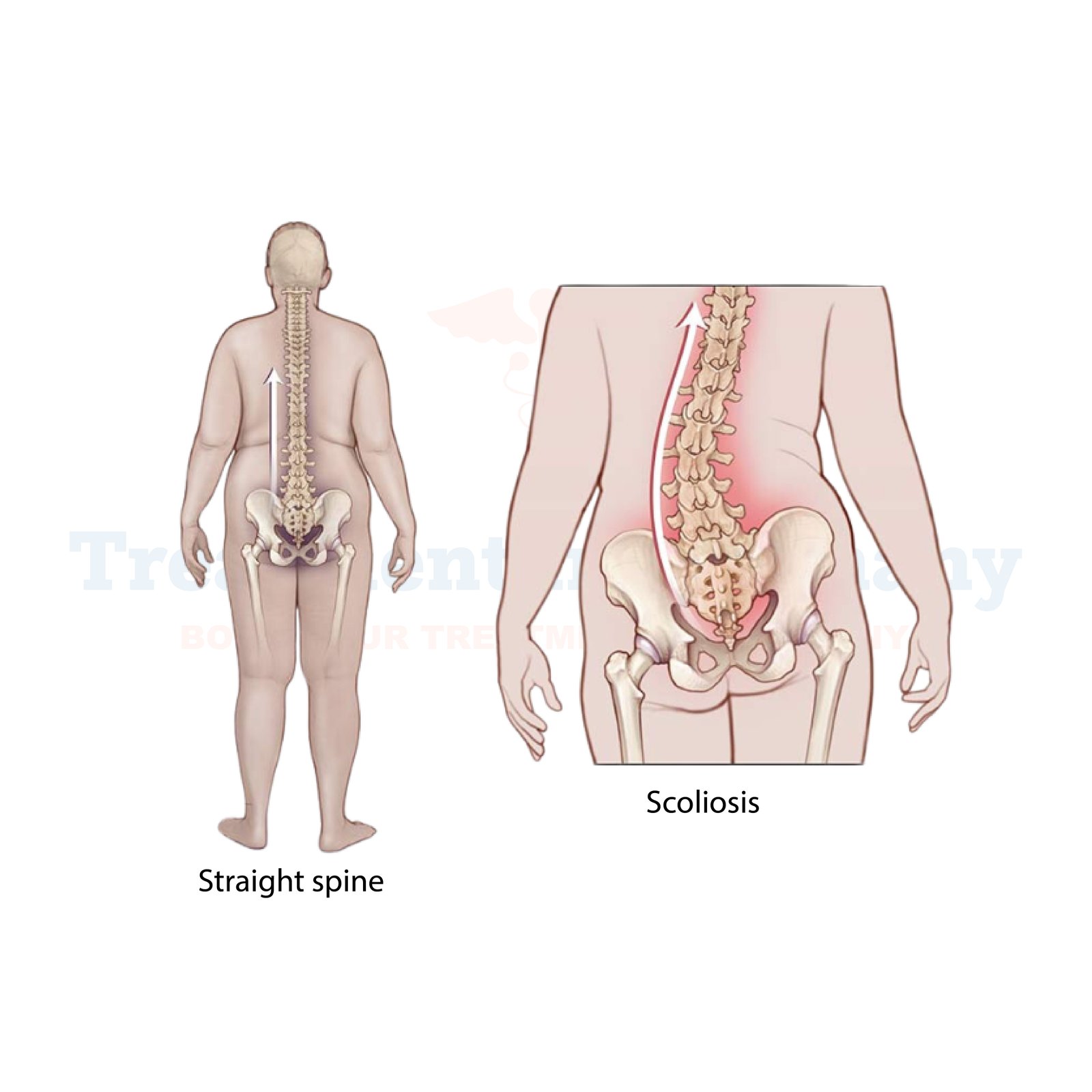Managing scoliosis can feel overwhelming, but with the right knowledge and care, living a healthier, more balanced life is possible. Explore the treatments, prevention strategies, and why Germany is a world leader in scoliosis care.
Scoliosis is a condition that causes an abnormal curvature of the spine, often developing during adolescence but also affecting adults. This condition can range from mild to severe, impacting posture, movement, and overall quality of life.
Common Side Effects of Scoliosis
Scoliosis may lead to physical and emotional challenges.
Causes of Scoliosis
Numerous factors contribute to scoliosis development, including but not limited to:
Symptoms of Scoliosis
Knowing the signs can lead to early detection and better outcomes.
Uneven shoulders or hips.
Visible rib cage protrusion on one side.
Consistent back pain when standing or sitting.
Leaning to one side when standing.
How Is Scoliosis Diagnosed?
Proper diagnosis is essential for effective treatment. Common methods include:
Treatment for Scoliosis
A variety of options can help manage scoliosis and improve well-being:
Prevention and Management of Scoliosis
Simple lifestyle changes can significantly improve how you manage the condition.
Why Choose Treatment in Germany?
Germany is renowned for offering world-class medical care, particularly for complex conditions like scoliosis.
Conclusion
Germany’s expert professionals, innovative technologies, and multidisciplinary care models make it a global leader in treating scoliosis. The integration of state-of-the-art diagnostics, personalized treatment plans, and skilled healthcare providers ensures that every patient receives world-class care. With a commitment to continuous improvement and patient satisfaction, Germany remains at the forefront of global healthcare excellence.
👉 Contact us for further information and receive a complimentary consultation.

.webp)
.webp)
 (1).webp)
 (1).webp)

.webp)
.webp)
 (1).webp)
 (1).webp)
